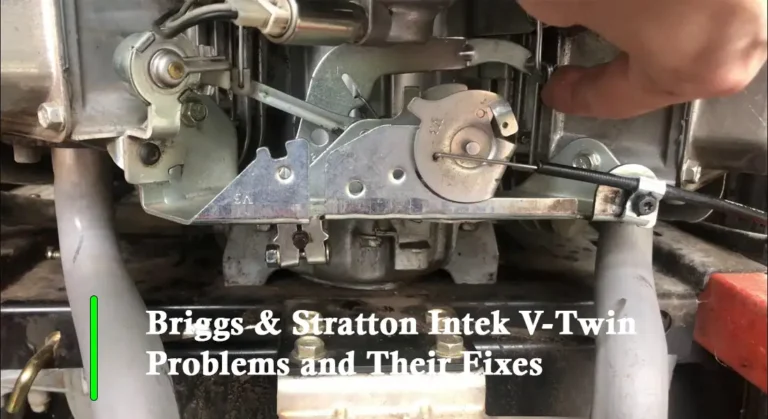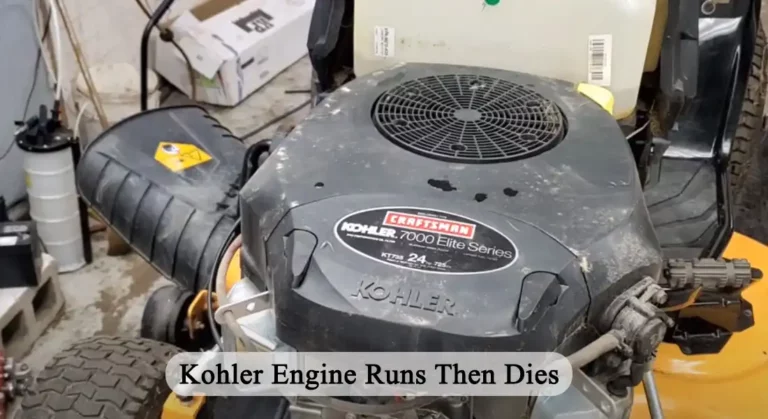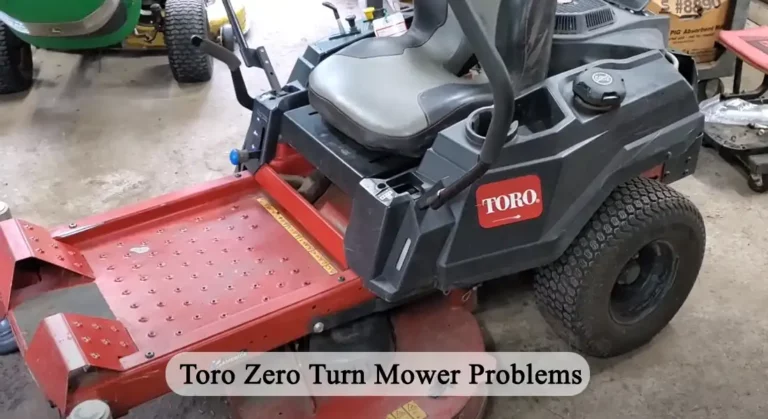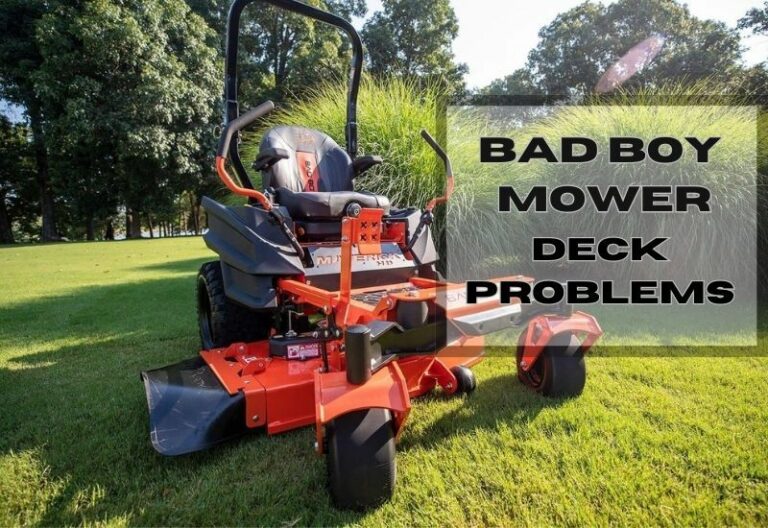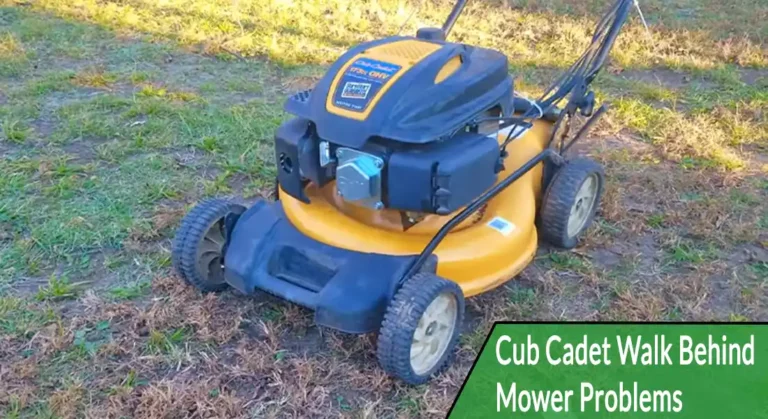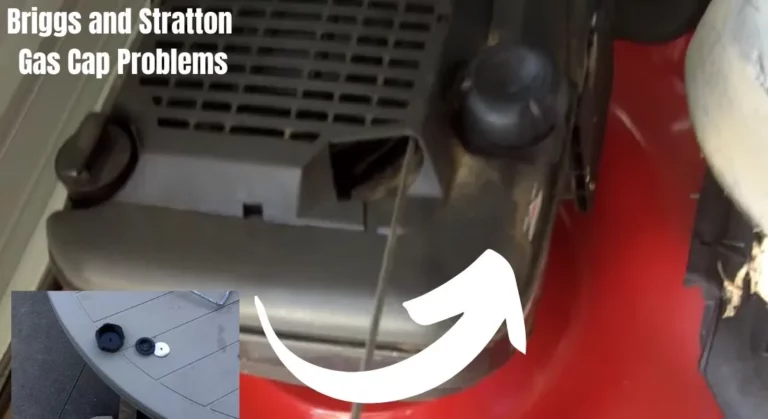Lawn Mower Ignition Switch Problems and How to Fix Them
The ignition switch, which regulates the flow of power to the ignition system and starts the engine, is a crucial part of a lawn mower’s electrical system. But just like any mechanical component, the ignition switch is prone to problems with time.
The following are a few of the most typical lawn mower ignition switch issues:
- Turning the key produced no response
- Lack of smooth key movement
- Engine stalls when the key is released
- Inconsistent starting
- Ignition system not receiving electricity
Every lawn mower operator who attentively reads this article will learn about ignition switch issues in advance and can fix them whenever they are in need.
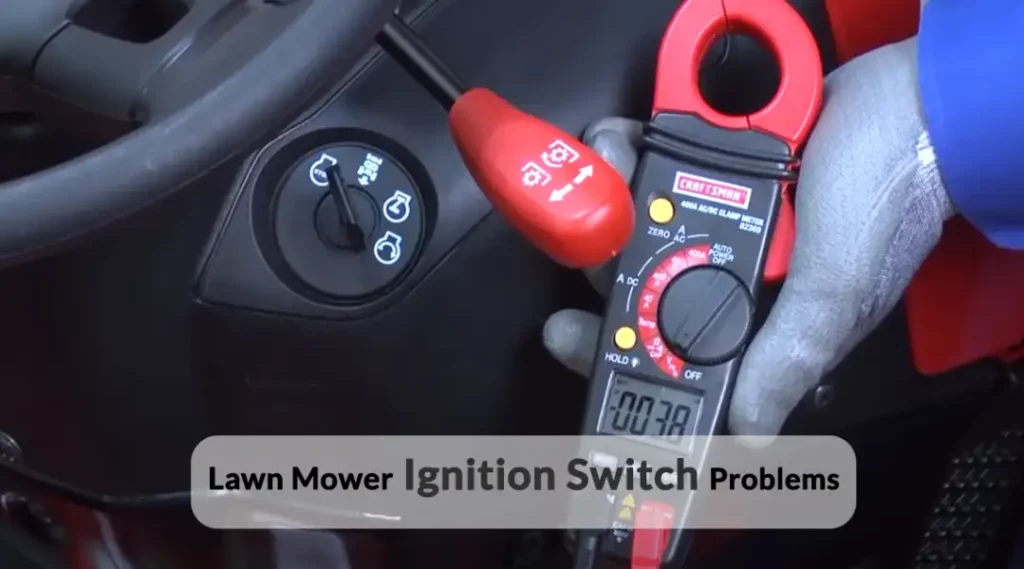
5 Lawn Mower Ignition Switch Problems and Solutions
The common concerns with lawn mower ignition switches will be covered in the this section of the article:
1. Turning the Key Produced No Response
When you turn the key in your lawn mower and you see no response, there may be a problem with the ignition switch.
With a multimeter or charger, start by determining the battery’s charge level. If the battery is fully charged, it’s possible that the ignition switch is the problem.
The switch may also eventually become worn out or experience internal problems that prohibit it from correctly starting the starting procedure.
The reasons behind this issue includes:
- Defective ignition switch
- Batteries with loose or corroded connections
- Dead or drained battery
- Faulty wiring
- Faulty Safety interlocks or switches
To Fix This Issue
test the battery and recharge or replace the battery if it is low or not retaining a charge. Do not forget to check if the battery connections are clean, tight, and corrosion-free.
When the ignition switch is the source of the problem, you should replace it after inspecting it.
Furthermore, use a wire brush to clean any corroded terminals and adjust any loose connections. And lastly check the functionality of any safety switches or interlocks, such as seat occupancy switches and blade engagement switches.
2. Lack of Smooth Key Movement
If you have trouble turning the key in the ignition switch smoothly, dirt, debris, or worn tumblers may be to blame.
It is worth noting that the tumblers are little metal pins that line up inside the switch and allow the key to turn easily. The movement can become impeded by accumulated debris or worn-out tumblers, resulting in a rough or sticky key actuation.
You can easily resolve this problem through lubricating the switch with graphite-based lubricant or electrical contact cleaning. However, if you see the issue is happening continuously, replace the ignition switch.
3. Engine Stalls When the Key is Released
A malfunction with the ignition switch’s “run” position may be the cause of an engine that starts but shuts off as soon as the key is removed from the start position.
Faulty wiring or a malfunctioning switch might be the culprit here to interrupt the electrical connection required to keep the engine running.
Look closely for any indications of damage or loose connections in the switch and related wiring. To guarantee the ignition system receives consistent power, replace or fix any broken parts.
4. Inconsistent Starting
The engine starting irregularly is frequently the result of a loose connection or a broken ignition switch.
Look for any signs of damage or looseness in the wiring connections that connect to the switch. If the problem persists, tighten any loose connections and think about replacing the switch.
Also a loose or broken switch may disrupt the steady flow of electrical current required to start the engine. Thus, using a multimeter, check the switch to make sure it is making the right electrical contact and operating as intended.
5. Ignition System Not Receiving Electricity
The ignition switch, a blown fuse, or faulty wiring are all possible causes of the lack of power that the ignition system receives when the key is inserted.
First, check to see if the fuse has blown. If the fuse appears to be functioning properly, closely inspect the switch and wire for any signs of wear, corrosion, or loose connections.
Starting could be more challenging if the ignition system lost power as a result of broken components or blocked electrical channels.
In such a case, remove any corrosion from the electrical contacts of the ignition switch and other relevant connections to ensure appropriate conductivity of electricity.
Related Post: Cub Cadet Ignition Switch Problems: Easy Troubleshooting Steps!
Common Manufacturer Recalls for Lawn Mower Ignition Switch Problems
Nobody easily forgets when recognized manufactures get recalls due to their defective ignition switch. These are a few of those occurrences:
Due to the flaw in the ignition switch in the Chevrolet Cobalts and other models, GM had to recall 511,528 Chevrolet Camaros in 2014. Since 2009, there have been at least 18 customer complaints about Camaros having stalling engines or an unexpected lack of power.
It is important to remain alert for any manufacturer-issued safety recalls and follow up on their recommendations in order to remedy any potential problems.
Cost of Lawn Mower Ignition Switch Replacement
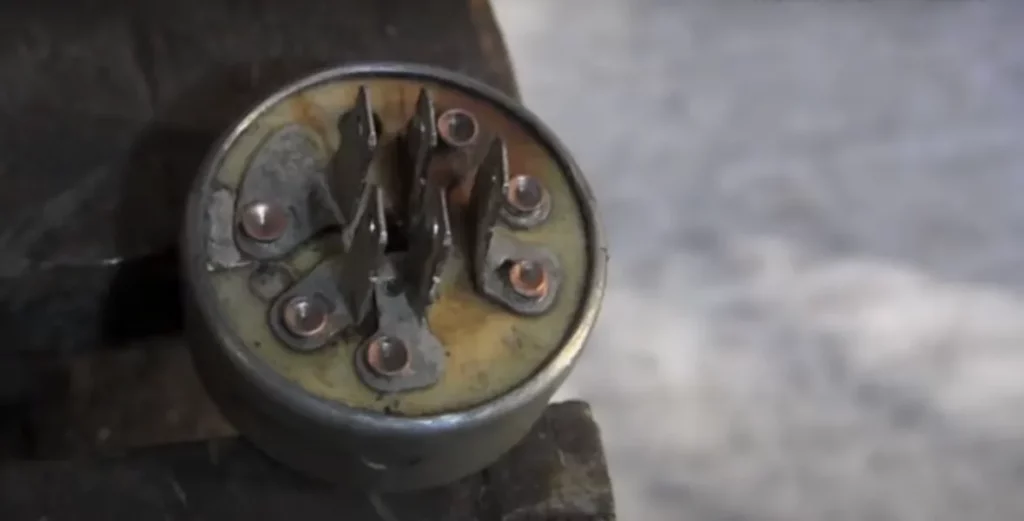
When you are about replace the ignition switch of your lawn mower, many things vary in such a case. While replacing this part, you have to remember the brand and model of the lawn mower, the kind of ignition switch needed, and the store where the replacement is bought.
Moreover, the price of labor for expert installation, if necessary, can also change.
Nevertheless, a lawn mower ignition switch typically costs between $10 and $50, sometimes even more. Simple ignition switches without any extra functions are typically more affordable, whereas more sophisticated or customized switches may be more expensive.
Frequently Asked Questions [FAQs]
Is it necessary to replace a broken ignition switch, or can I fix one?
Cleaning or replacing internal electrical contacts can sometimes fix a broken ignition switch. But it might be essential to replace the complete ignition switch, depending on how serious the problem is and whether new components are readily available.
Can I change the lawn mower’s ignition switch on my own?
The ignition switch might be replaceable by yourself if you have prior familiarity with electrical systems and small engines. To protect your safety and get detailed instructions, it’s crucial to read the lawn mower’s manual. It’s advised to obtain assistance from a qualified specialist if you’re hesitant or uneasy about the task.
Should I use any special caution when working with the ignition switch?
Absolutely, when working with the ignition switch or other electrical component, one needs to take safety measures.
Make sure to turn off the lawn mower and unhook the spark plug wire before beginning any repairs or replacements. Utilize the proper tools and safety gear, and adhere to all manufacturer-provided safety instructions.
What should I do if the ignition switch seems to be having issues?
Consult the lawn mower’s manual for particular troubleshooting instructions for your model if you believe the ignition switch may be malfunctioning.
If you’re unable to fix the problem, get in touch with the manufacturer’s customer support or hire a qualified specialist.
Related Posts:
- How to fix safety switch problems on Toro Zero Turn mowers
- Troubleshooting and fixing common issues with Toro Zero Turn mowers
- Troubleshooting and fixing common issues with Troy Bilt riding mowers
- Essential tips for fixing problems with Z Beast mowers
- Troubleshooting and fixing common problems encountered with Kubota Zero Turn mowers

